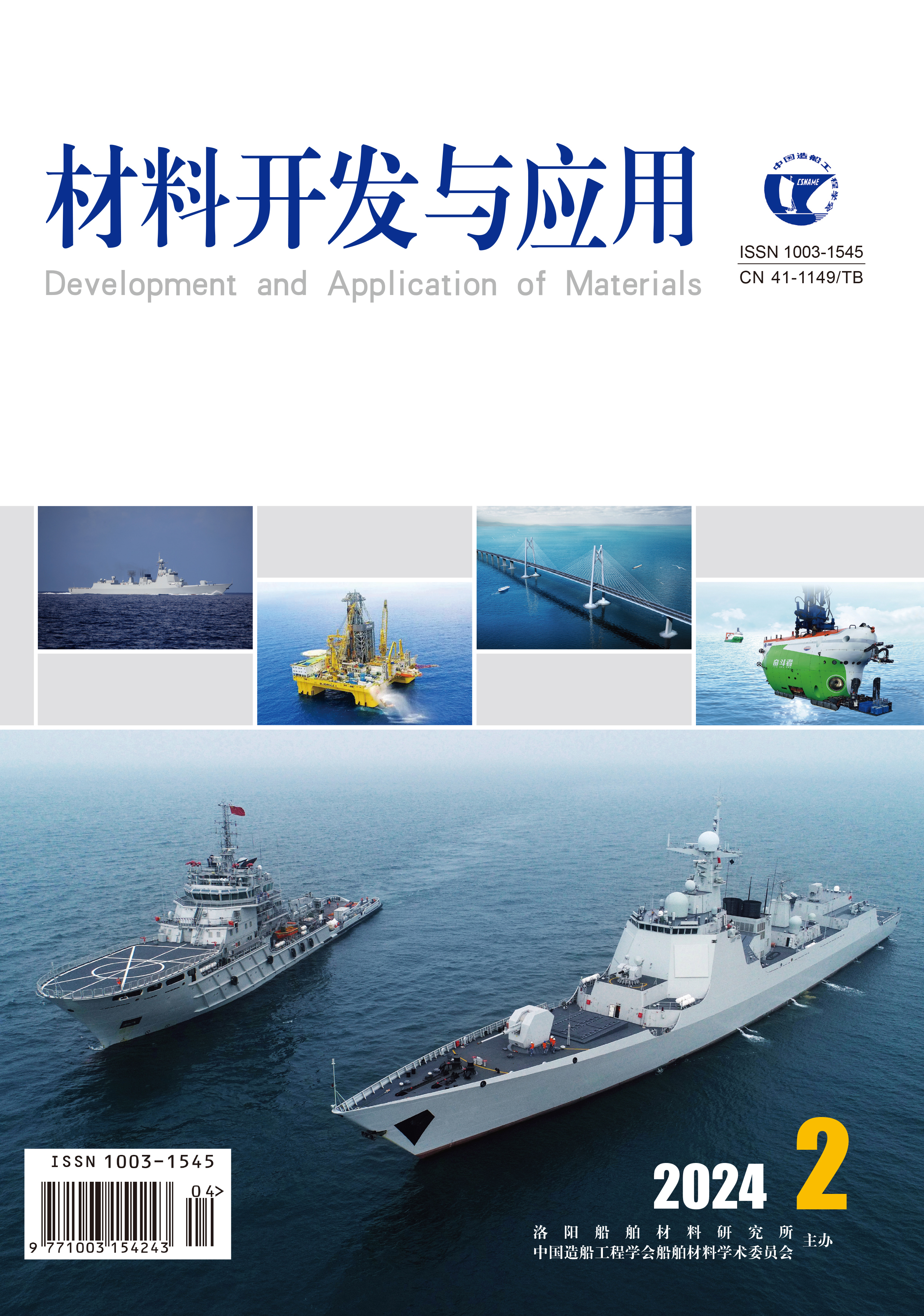Current Issue
2024, Volume 39, Issue 2
Display Method:
2024,
39(2):
1-8,16.
Abstract:
2024,
39(2):
9-16.
Abstract:
2024,
39(2):
17-27,43.
Abstract:
2024,
39(2):
28-36.
Abstract:
2024,
39(2):
37-43.
Abstract:
2024,
39(2):
44-49.
Abstract:
2024,
39(2):
50-56.
Abstract:
2024,
39(2):
57-62.
Abstract:
2024,
39(2):
63-67,88.
Abstract:
2024,
39(2):
68-74.
Abstract:
2024,
39(2):
75-80.
Abstract:
2024,
39(2):
81-88.
Abstract:
2024,
39(2):
89-94,118.
Abstract:
Self-Reporting and Self-Healing Dual Functional Anticorrosive Coating based on Tannic Acid Additives
2024,
39(2):
95-105.
Abstract:
2024,
39(2):
106-110.
Abstract:
2024,
39(2):
111-118.
Abstract:


